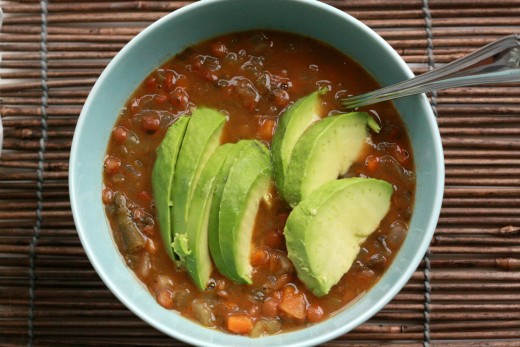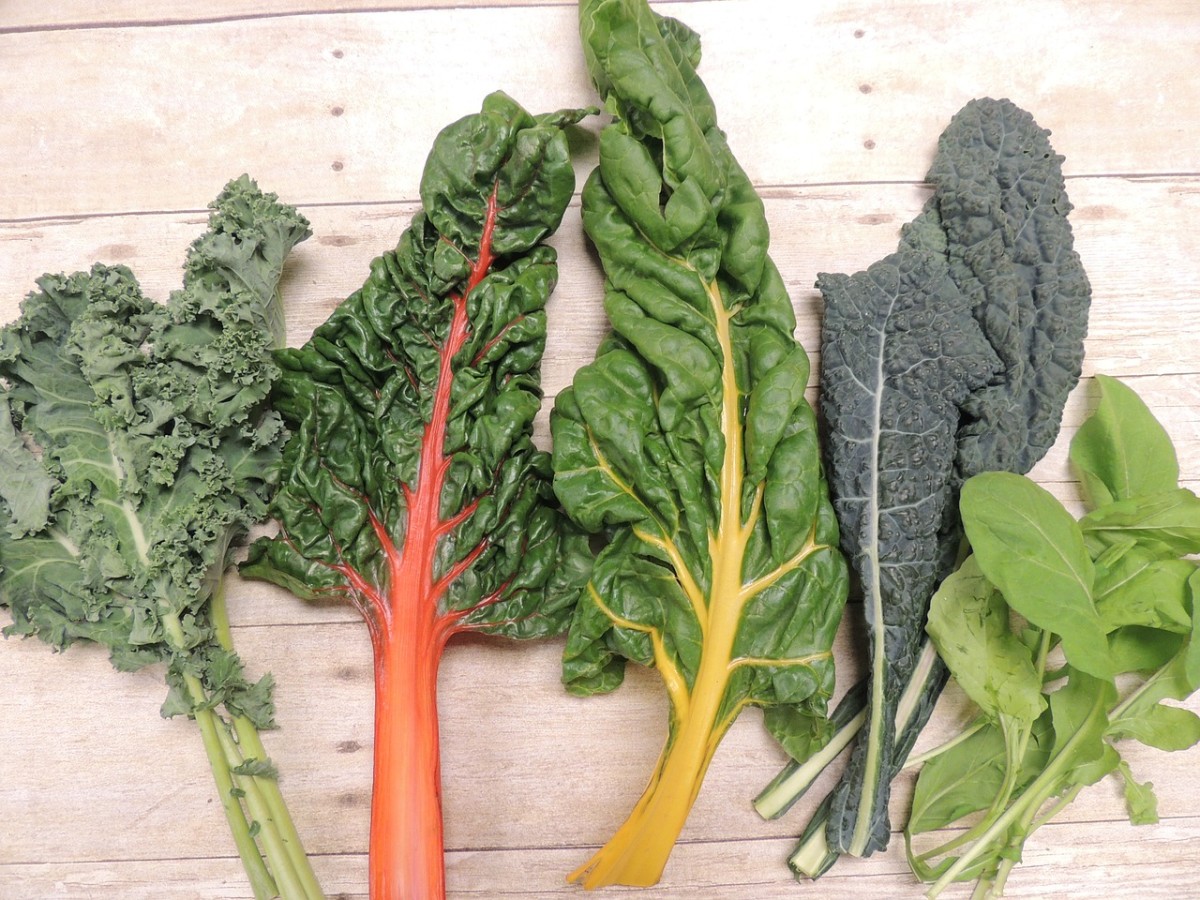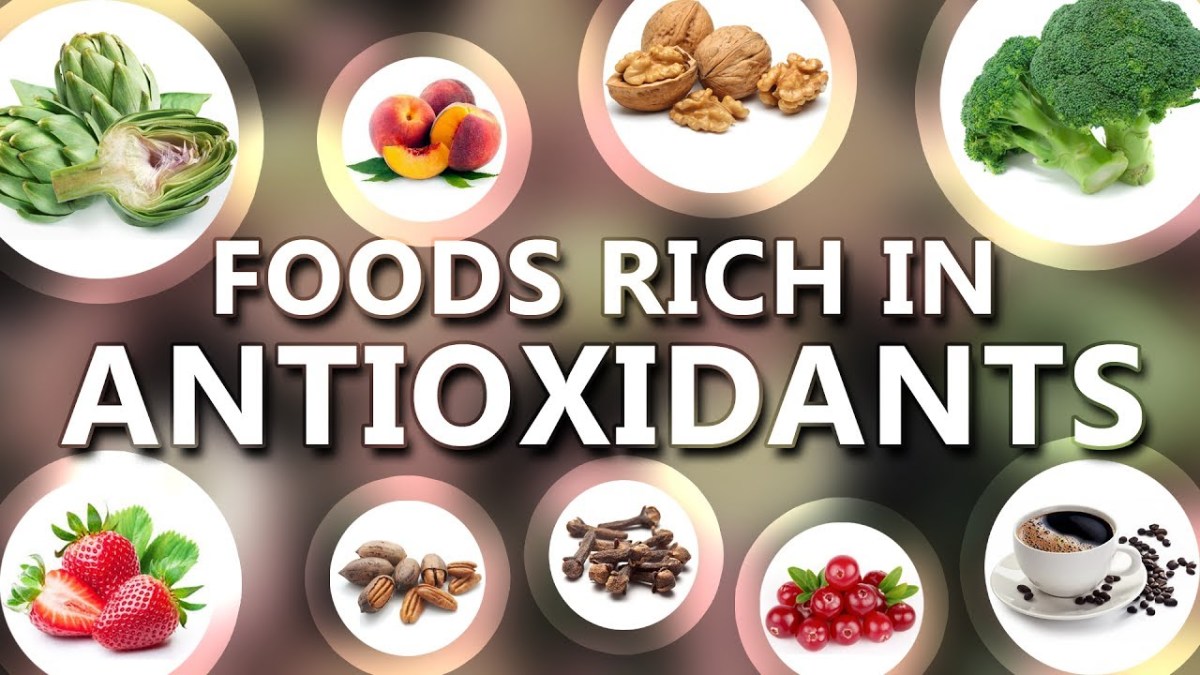The Science Behind Healthy Eating Patterns, Explained: Saturated Fats

The hardest part about trying to eat healthy is interpreting all the information that’s out there. It’s not always easy to tell who’s telling the truth and who isn’t. Is your favorite food blogger basing her claims off of science … or something else?
Don’t let the new guidelines confuse you. Check out our previous posts about the scientific breakdown of a few more recommendations, then dive into everyone’s favorite topic: fats.
What are saturated fats?
Saturated fats, unfortunately, are found in some of our most favorite foods. Fat in general is called a macronutrient, which means it is a nutrient we get from eating food that our body converts into energy. (That’s what calories are for, right?)
Fats are saturated depending on their number of double bonds. In short, they just have a different chemical makeup. They behave slightly differently in the body, which is what brought them into the spotlight when heart disease became more common.
What’s wrong with them?
Nothing, really … in moderation, that is. Saturated fats mess with your dietary cholesterol and are usually higher in calories. Saturated fats don’t necessarily cause heart disease - that has yet to be proven. Too much of anything, though, isn’t good for you.
The reason the dietary guidelines recommend that less than 10 percent of your calories come from saturated fats is so you’ll pay more attention to the kind of fat you’re taking in. There are versions of fat in certain foods that are much healthier than saturated fat, and with a little time, you can work them into your diet.

How do I choose healthier fats?
It’s silly to think you need to stop eating fat in order to be healthier. In fact, you wouldn’t be alive without dietary fat. We need to eat fat to give us energy and to promote cell growth. (As our cells die off, we need to be able to make new ones.)
You’ve probably heard there’s such a thing as “healthy fat” or “good fat.” You heard this one right. Saturated fats are just one kind of fat. There are also fats called monounsaturated and polyunsaturated fats. These are better for you, and if you consume them in moderation, you don’t have to give up any of the foods you love.
Your nutrition labels will tell you how much of the different kinds of fats are in the food you’re about to eat. As a starting point, try to replace one or two of the foods you usually eat with similar foods that have healthier fat. For example, instead of spreading peanut butter on your toast, you could try avocado.
It’s a good idea to have a mix of different nutrients in your diet, which is why consuming normal portions of both saturated and unsaturated fat is okay.
Eating healthy isn’t about elimination. It’s about balance.








